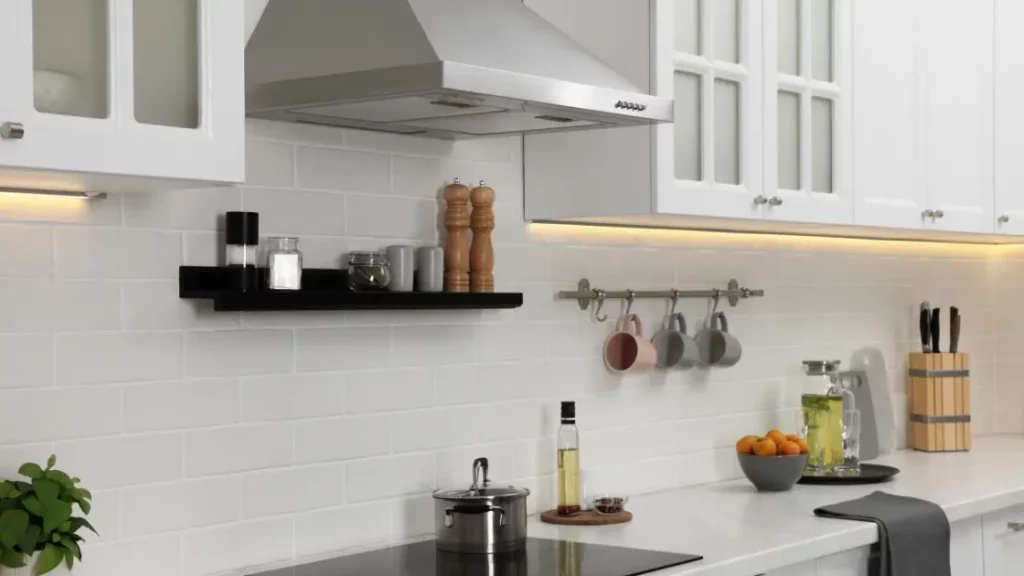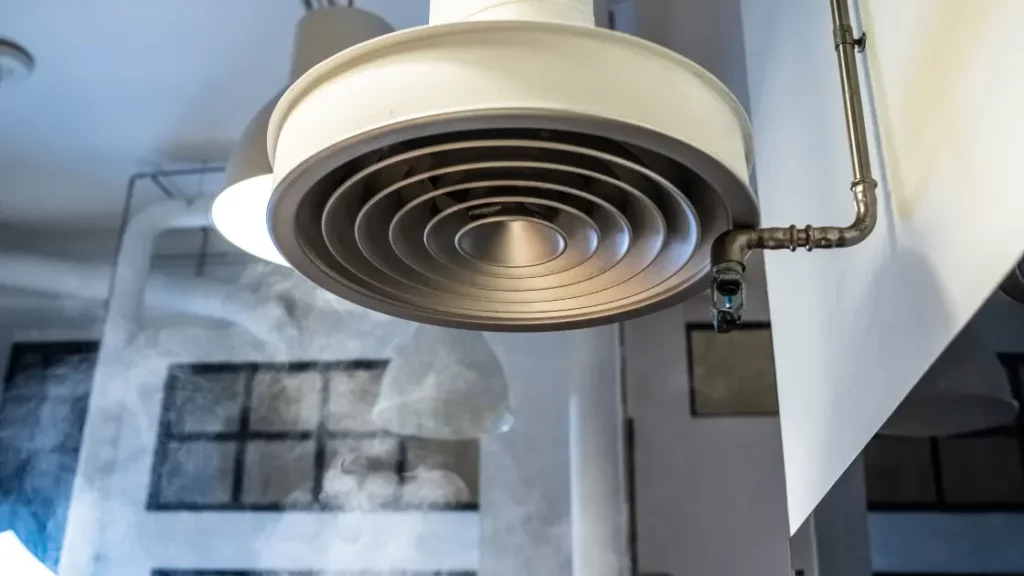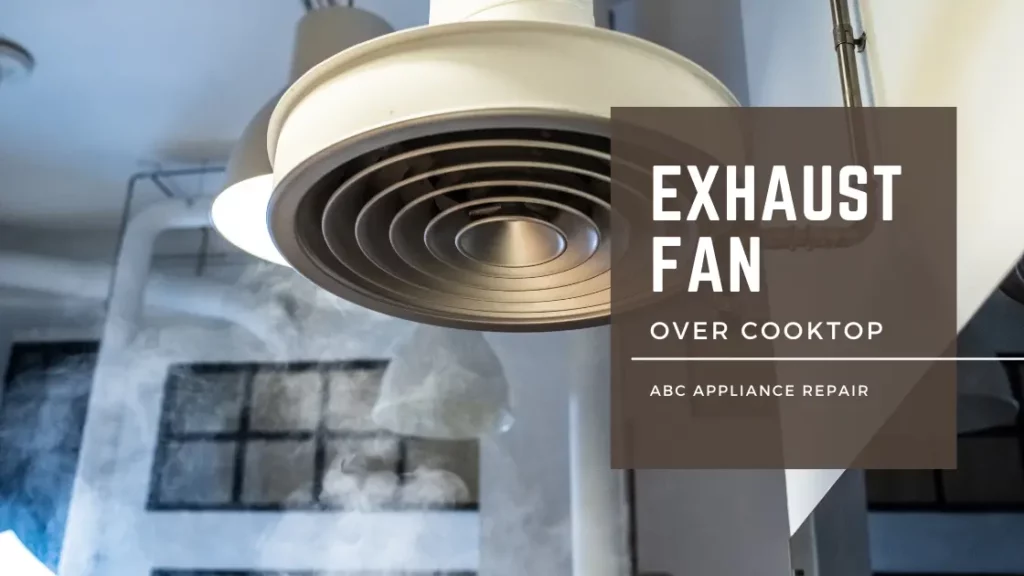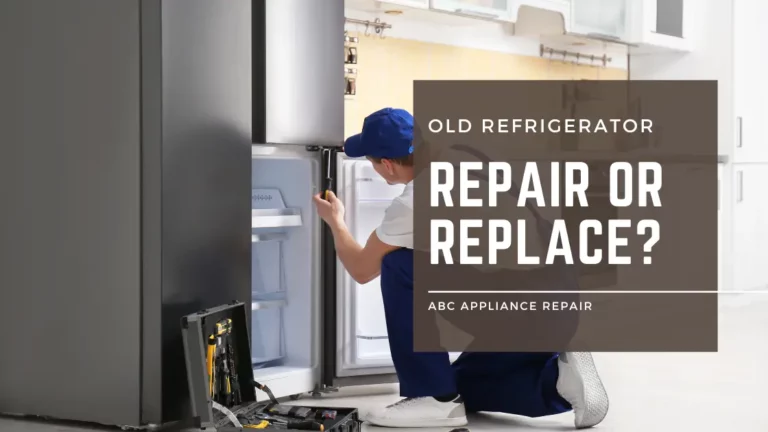Proper ventilation is crucial in any kitchen to ensure a healthy and comfortable cooking environment. One essential component of kitchen ventilation is an exhaust fan installed over the cooktop.
In this blog post, we will explore the benefits of having an exhaust fan, discuss different types of exhaust fans, factors to consider when choosing one, provide installation and maintenance tips, and consider the cost implications. Let’s delve into why having an exhaust fan over your cooktop is important.
Benefits of Having an Exhaust Fan Over Your Cooktop
1. Cooking Odor and Smoke Removal
When you cook, various odors and smoke can fill your kitchen, which can be unpleasant and linger for hours. An exhaust fan effectively eliminates these odors and smoke by drawing them out of the kitchen and expelling them outdoors.
Furthermore, the elimination of cooking odors and smoke provides numerous health benefits. Breathing in the fumes released during cooking can be harmful, especially if you have respiratory issues or allergies. An exhaust fan helps maintain a healthier indoor air quality by removing these harmful fumes, reducing the risk of respiratory problems.
2. Prevention of Indoor Air Pollution
Indoor air pollution can be a significant concern in homes, especially during cooking. When we cook, various pollutants such as carbon monoxide, nitrogen dioxide, and volatile organic compounds (VOCs) are released. These pollutants can have adverse health effects when inhaled over time.
By having an exhaust fan over your cooktop, you can significantly reduce indoor air pollution. The fan draws out the pollutants, preventing them from accumulating in the kitchen and spreading to other parts of your home. This leads to improved indoor air quality and a healthier living environment for you and your family.
3. Reduction in Humidity and Moisture Levels
Another advantage of having an exhaust fan over your cooktop is the reduction of humidity and moisture levels in the kitchen. When you cook, steam and moisture are generated, which can lead to increased humidity. High humidity levels can create an ideal environment for mold and mildew growth, causing potential health issues and damage to your kitchen.
A well-ventilated kitchen with an exhaust fan can effectively remove excess humidity and moisture, reducing the chances of mold and mildew growth. By actively ventilating the space, the exhaust fan helps maintain a comfortable cooking environment and preserves the integrity of your kitchen.
Read Also: Electric Cooktop Not Working? Possible Problems & Solutions
Types of Exhaust Fans for Cooktops
When considering an exhaust fan for your cooktop, you have two main options: recirculating/non-ducted exhaust fans and ducted exhaust fans.
#Recirculating/Non-Ducted Exhaust Fans

Recirculating or non-ducted exhaust fans are designed to absorb cooking fumes and odors through a filter before releasing the air back into the kitchen. While they are relatively easy to install, they have certain limitations and considerations.
Regular filter replacement or maintenance is necessary to ensure optimal performance. These fans are also less effective in removing heat and humidity from the kitchen.
They may have limited efficiency in eliminating certain odors, as the odorous particles are not vented outdoors.
#Ducted Exhaust Fans (Vented)

Ducted exhaust fans, also known as vented exhaust fans, are the more efficient option for removing heat, odors, and pollutants from your kitchen. They work by releasing the air outside the house through ductwork, effectively expelling cooking fumes and odors from your kitchen.
While ducted exhaust fans are more effective, they require proper installation and ductwork. Considerations such as the distance from the cooktop to the exterior wall, the length and path of the ductwork, and the appropriate size of the duct should be taken into account during installation.
Factors to Consider When Choosing an Exhaust Fan
Several factors should be considered when selecting an exhaust fan for your cooktop. According to ABC Appliance Repair Experts, these factors include kitchen size and layout, CFM (Cubic Feet per Minute) rating, noise level, and energy efficiency.
1. Kitchen Size and Layout Considerations
The size and layout of your kitchen play a crucial role in determining the appropriate airflow requirements. Factors such as the size of the cooktop, the location in the kitchen, and the presence of additional ventilation sources should be considered when choosing the right exhaust fan.
2. CFM (Cubic Feet per Minute) Rating
CFM rating refers to the amount of air a fan can move in a minute. It is important to select an exhaust fan with a suitable CFM rating based on the size of your cooktop and the recommended guidelines. Calculating the required CFM for your kitchen ensures efficient ventilation and proper removal of cooking fumes and odors.
3. Noise Level
While the effectiveness of an exhaust fan is crucial, it is also important to consider the noise level it produces. Some fans may be noisier than others, which can affect your cooking experience and overall comfort in the kitchen. Finding a balance between effectiveness and noise level ensures an optimal ventilation solution.
4. Energy Efficiency
Selecting an energy-efficient exhaust fan can have a positive impact on your electricity usage and utility bills. Energy-efficient fans are designed to operate with lower power consumption without compromising on their performance. Choosing an energy-efficient option helps you save money while maintaining a well-ventilated kitchen.
Installation and Maintenance Guide for Exhaust Fans
- Hiring a professional for installation: Installation of an exhaust fan over your cooktop can be a DIY project if you have experience with electrical work and carpentry. However, hiring a professional ensures proper installation and adherence to safety regulations.
- DIY installation: If you decide to install the fan yourself, follow the manufacturer’s instructions carefully, ensuring all electrical connections are secure and the fan is properly anchored. It is also important to check local building codes and regulations before installing the exhaust fan.
- Regular maintenance: Regular maintenance is essential for optimal performance and longevity of your exhaust fan. Cleaning the filters regularly helps maintain airflow and ensures efficient removal of cooking odors and smoke. Additionally, checking the ductwork for any airflow obstructions prevents airflow restrictions and maximizes the fan’s effectiveness.
Cost Considerations of Installing an Exhaust Fan Over Your Cooktop
The cost of installing an exhaust fan over your cooktop can vary based on several factors. The type of fan, installation method, electrical requirements, and any additional accessories or modifications needed can impact the overall cost.
When comparing the cost of installing an exhaust fan versus not having one, it is important to consider the long-term benefits. Improved indoor air quality, reduced odors and smoke, prevention of mold and mildew, and enhanced comfort in the kitchen are all valuable advantages that outweigh the initial installation cost.
Conclusion
Having an exhaust fan over your cooktop is essential for maintaining a healthy and comfortable cooking environment. The benefits of removing cooking odors and smoke, preventing indoor air pollution, and reducing humidity and moisture levels are significant. Considerations such as the type of exhaust fan, kitchen size, CFM rating, noise level, and energy efficiency should guide your selection process. Proper installation and regular maintenance ensure optimal performance and longevity. While there may be initial costs associated with installing an exhaust fan, the long-term benefits outweigh the expenses. Improve your kitchen’s ventilation and create a more enjoyable cooking experience by installing an exhaust fan over your cooktop.
Frequently Asked Questions
Yes, exhaust fans are necessary in a kitchen to remove cooking odors, smoke, and indoor air pollutants, and to reduce humidity and moisture levels.
Yes, you can install an exhaust fan over an electric cooktop. However, it is important to follow the manufacturer’s guidelines and consider the electrical requirements.
It is recommended to clean the filters of your exhaust fan regularly, depending on usage. Typically, every 1 to 3 months is sufficient, but it may vary based on the type of filter and the cooking frequency.
Yes, it is possible to replace a recirculating exhaust fan with a ducted exhaust fan. However, the installation process may require modifications to accommodate the ductwork.
Yes, ducted exhaust fans are generally more effective than recirculating exhaust fans as they vent the air outdoors, removing heat, odors, and pollutants from the kitchen.







